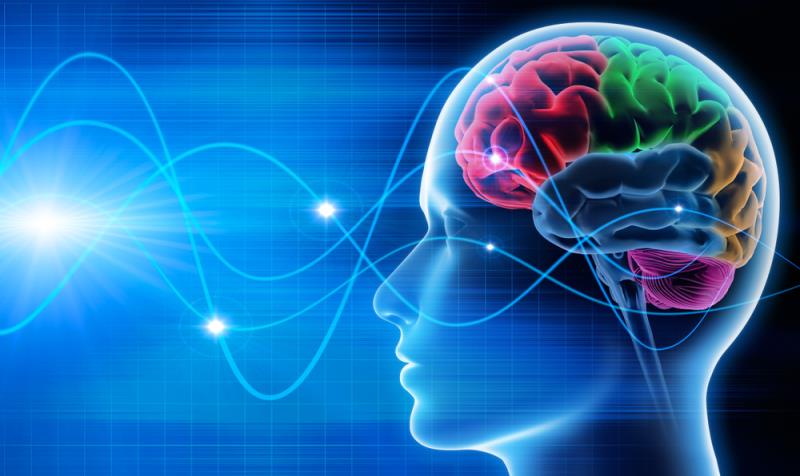
The use of spaced transcranial direct current stimulation (tDCS) significantly reduces symptoms in patients with major depressive disorder (MDD), with no serious adverse events (AEs), reports a study.
The protocol was feasible, with a 93.3-percent retention rate and a 99.7-percent adherence rate. No serious AEs occurred, and the most common side effects were mild tingling and itching sensation during stimulation (100 percent) and temporary skin redness following stimulation (100 percent).
Of the 30 patients with MDD, 64.3 percent had a mild irritative contact dermatitis, which disappeared by 1-week follow-up for most participants and completely resolved by 4-week follow-up for the rest. This was not treatment limiting and did not need any specific treatment.
The 17-item Hamilton Depression Rating Scale (HAM-D-17) scores dropped from a mean of 21.3 at baseline to 15.3 and 13.2 at weeks 1 and 4, respectively. Depressive symptom severity also decreased significantly over time, with trends similar to those seen on the Montgomery-Åsberg Depression Rating Scale (MADRS).
The 6-item HAM-D (HAM-D-6) scores showed significant difference between the response groups, specifically during the later stage of treatment. This suggested a potential for differential response patterns between the 1- and 4-week follow-ups.
“These results will need to be validated in a sham-controlled randomized trial,” the authors said. “The inclusion of neurophysiological measures in future trials for purposes of biological target engagement might also contribute to our understanding of underlying mechanisms and biomarker discovery.”
This prospective open-label study enrolled MDD patients to receive a 50-session tDCS treatment over 2 weeks. The authors examined the feasibility, safety, tolerability, and preliminary therapeutic effects of this protocol using HAM-D-17 and MADRS at baseline and 1- and 4-week follow-ups, as well as the HAM-D-6 daily during treatment.